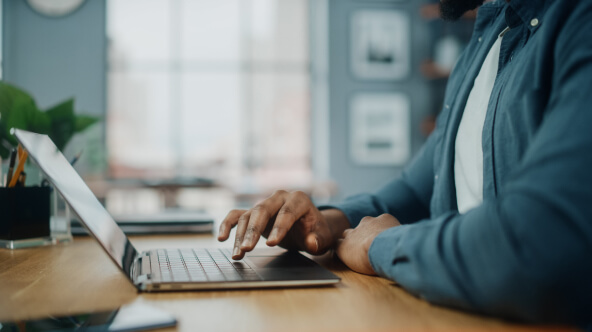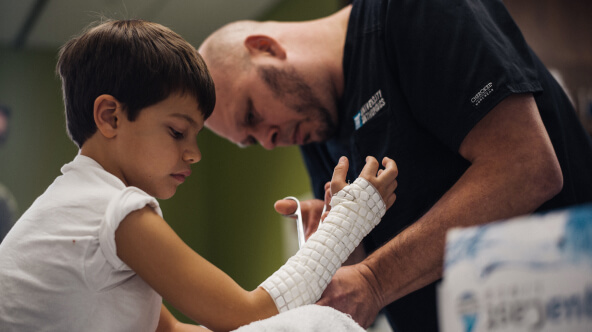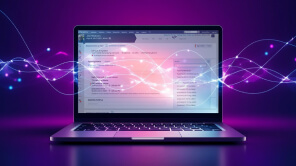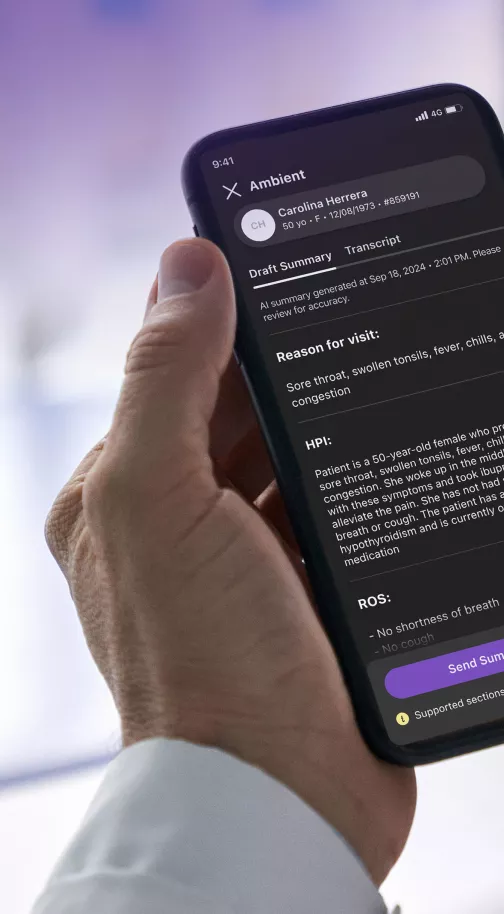Resource Center
All ContentBlogCase Studies
- athenahealth
- March 11, 2025
- 9 min read
10 ways patient engagement tools enhance healthcare
From scheduling to billing and care coordination, these patient engagement tools help patients and practices thrive. Read moreYou may also like

- Joe Ganley
- April 09, 2025
- 5 min read
AI in healthcare
Unlocking AI’s potential in healthcare
Healthcare AI is here and the industry is buzzing. Learn how this much-discussed tech will be used.
Read more 
- Maury Brown
- April 11, 2025
- 4 min read
AI in healthcare
4 stats about how AI in healthcare saves time at small practices
Less time on admin tasks. More time for patient care. See how AI in healthcare frees up small practices.
Read more 
- Christine Davis
- April 11, 2025
- 8 min read
electronic health record
Orthopedists vs. specialty challenges: how technology helps
athenaOne® empowers orthopedic practices to overcome specialty challengesPracticing orthopedics today requires a special set of skills. With the high patient volumes they see, orthopedists need speed to pivot quickly from one patient to the next. They also need flexibility to navigate the complex billing requirements of their specialty
Read more 
- Christine Davis
- April 11, 2025
- 7 min read
interoperability and EHR
Identifying the obstacles to interoperability
Which of these common EHR interoperability challenges do you face? Learn 3 questions to ask your HIT vendor.
Read more 
- Joe Ganley
- April 09, 2025
- 5 min read
AI in healthcare
Unlocking AI’s potential in healthcare
Healthcare AI is here and the industry is buzzing. Learn how this much-discussed tech will be used.
Read more 
- Maury Brown
- April 11, 2025
- 4 min read
AI in healthcare
4 stats about how AI in healthcare saves time at small practices
Less time on admin tasks. More time for patient care. See how AI in healthcare frees up small practices.
Read more 
- Christine Davis
- April 11, 2025
- 8 min read
electronic health record
Orthopedists vs. specialty challenges: how technology helps
athenaOne® empowers orthopedic practices to overcome specialty challengesPracticing orthopedics today requires a special set of skills. With the high patient volumes they see, orthopedists need speed to pivot quickly from one patient to the next. They also need flexibility to navigate the complex billing requirements of their specialty
Read more 
- Christine Davis
- April 11, 2025
- 7 min read
interoperability and EHR
Identifying the obstacles to interoperability
Which of these common EHR interoperability challenges do you face? Learn 3 questions to ask your HIT vendor.
Read more 
- Joe Ganley
- April 09, 2025
- 5 min read
AI in healthcare
Unlocking AI’s potential in healthcare
Healthcare AI is here and the industry is buzzing. Learn how this much-discussed tech will be used.
Read more Empower your practice

AI powered patient engagement
Learn how AI tools can help improve patient loyalty and outcomes.






